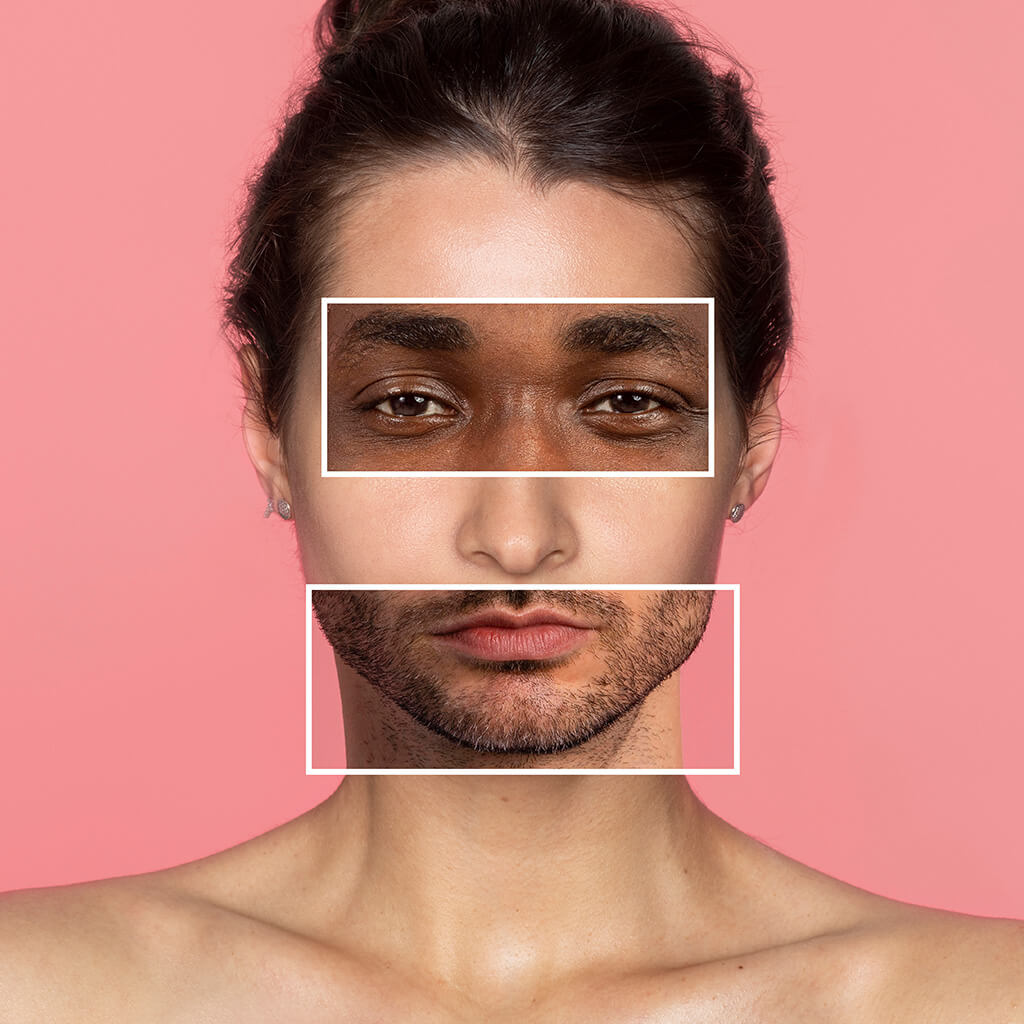Synthetic media, including deepfakes, are emerging technologies that can manipulate or generate visual and audio content with a high degree of realism. As these tools and techniques become more advanced and accessible, they pose a growing threat to the integrity of public discourse and trust in institutions.
Recent years have seen rapid progress in generative models that can synthesize realistic images, videos, speech, and text. Using neural networks trained on large datasets, these models can generate synthetic media that mimics the style and content of real data. The outputs are increasingly convincing and realistic.
Deepfakes, synthetic media that swap a person’s likeness onto another person’s body, often using neural networks to generate photorealistic results, have received significant media attention. The technology has been used to create nonconsensual explicit images and videos, as well as to manipulate footage of public figures to have them say or do things they did not actually say or do.
The implications of synthetic media are wide-ranging and potentially severe. They enable new forms of hoaxes, fraud, and automated disinformation that can be challenging to detect and debunk. They raise concerns over privacy, consent, and data integrity. And they threaten to further undermine trust in media institutions and the idea of objective truth itself.
Responses to synthetic media include developing forensic techniques to detect manipulations, improving digital provenance and watermarking, and educating people on how to identify manipulated media. Legal and policy responses are still limited but aim to balance free expression concerns with the need to curb malicious uses.
Platforms have started removing some types of synthetic media, like deepfakes, but detection and enforcement remain challenging. Broader media literacy efforts can help build societal resilience. But synthetic media may ultimately transform how we establish truth and trust in an era of uncertainty.
Continued progress in AI will likely make synthetic media even more sophisticated and accessible in the coming years. While the technology itself is neutral, its applications can be positive or negative depending on the intent and ethics of the user. Ongoing research and discussion around synthetic media aim to maximize the benefits and minimize the harms. But there are no easy answers in this complex and quickly evolving field.
